POWER CONTROL UNIT (PCU)
The PCU controls energy output by deciding when to use stored energy from the battery or draw directly from the fuel cell stack.
Entrance to this website assumes you have read and agree to these Legal Terms and Conditions and the Privacy Policy.

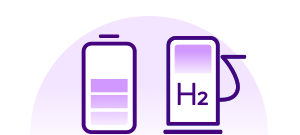
Imagine a vehicle so clean that it emits only water from its tailpipe. That’s the power and potential of Toyota’s revolutionary hydrogen fuel cell electric (FCEV) technology. Brought to life in the Toyota Mirai.
Hydrogen is the most abundant element in the universe. And that’s just the start of what makes it such an ideal power source.
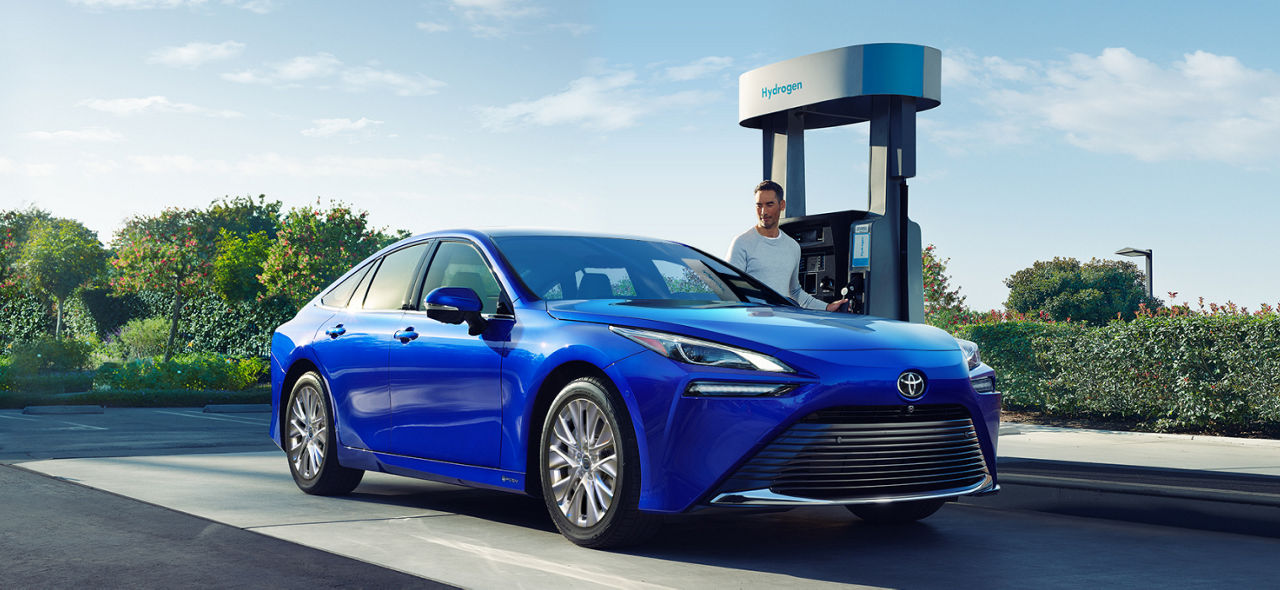
Toyota’s revolutionary fuel cell stack creates the electricity that drives the vehicle through a chemical reaction between hydrogen that is stored on board, and oxygen from the atmosphere.
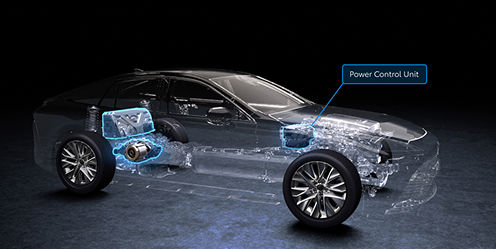
POWER CONTROL UNIT (PCU)
The PCU controls energy output by deciding when to use stored energy from the battery or draw directly from the fuel cell stack.
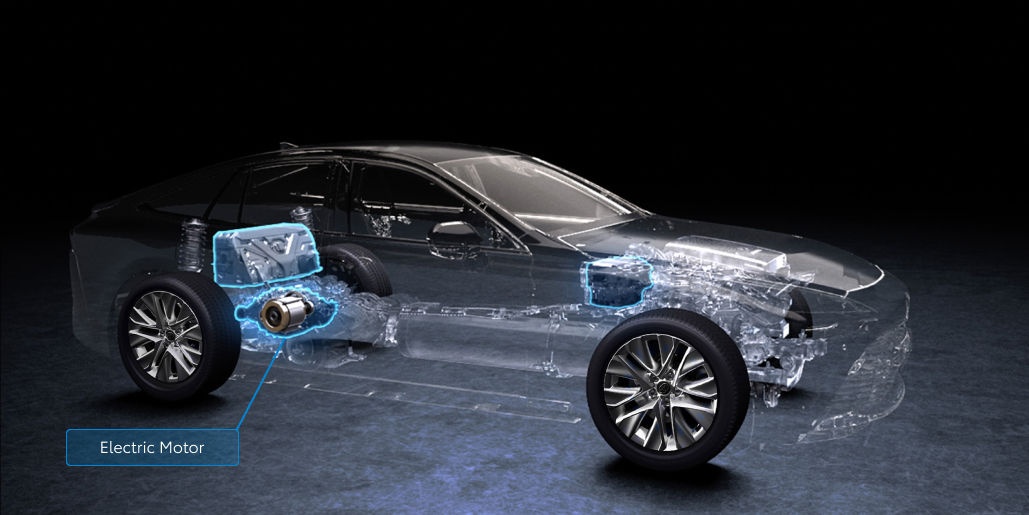
ELECTRICAL MOTOR
Press the accelerator pedal and electricity from the fuel cell stack is sent to the motor.
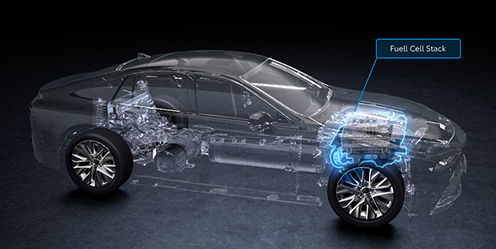
FUEL CELL STACK
In the fuel cell stack, hydrogen and oxygen from the air combine in a chemical reaction that creates electricity to power the electric motor.
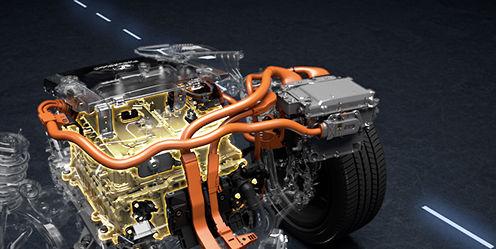
BOOST CONVERTER
Uses the same battery as a Toyota Hybrid Electric Vehicle, increasing the voltage to 650 volts, enhancing performance and making more efficient use of the electric motor.
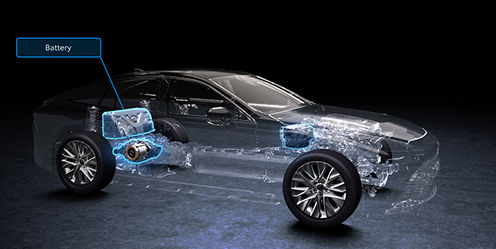
BATTERY
Energy, recaptured during braking, is used to recharge the battery, and assist when high power is required, such as during acceleration.
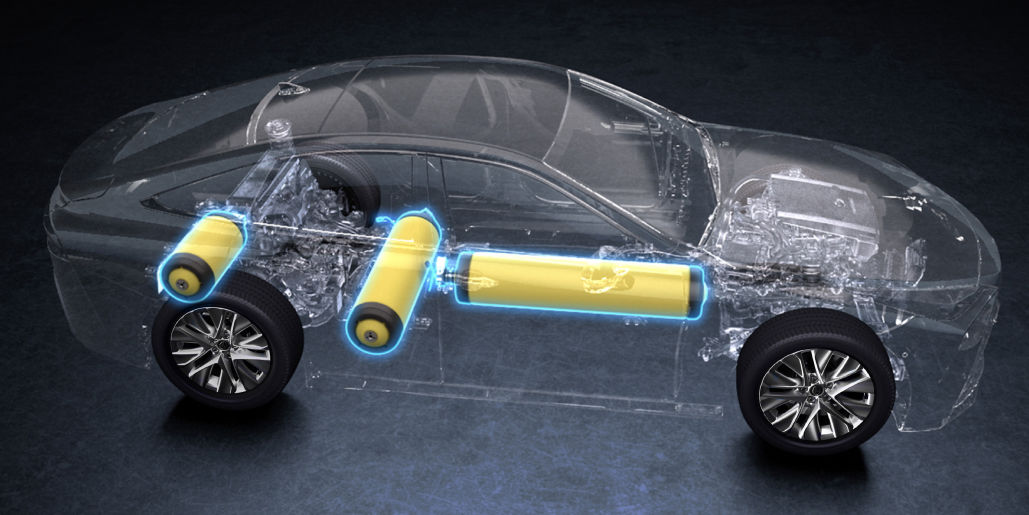
HYDROGEN TANKS
Hydrogen is pumped into the vehicle and stored in carbon-fibre reinforced, polymer lined tanks, designed for safe fuel storage.




Mirai features advanced safety innovations, specially designed for hydrogen fuel cell electric vehicles.
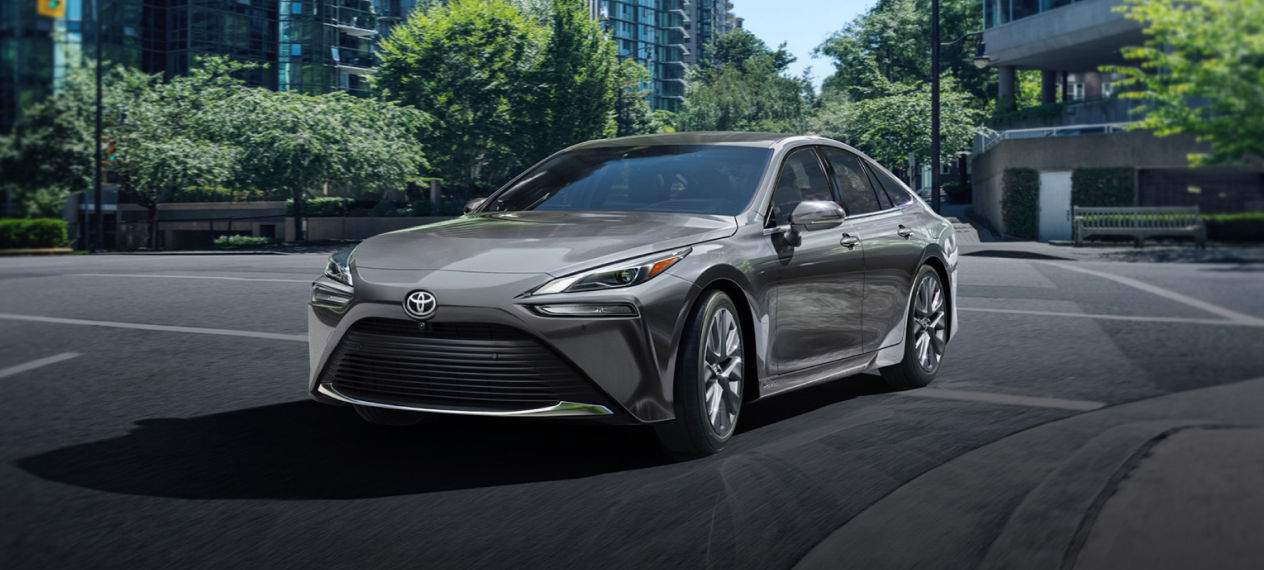
Electric Vehicle
Battery Warranty*
Get the latest electrified vehicle news delivered to your inbox.
